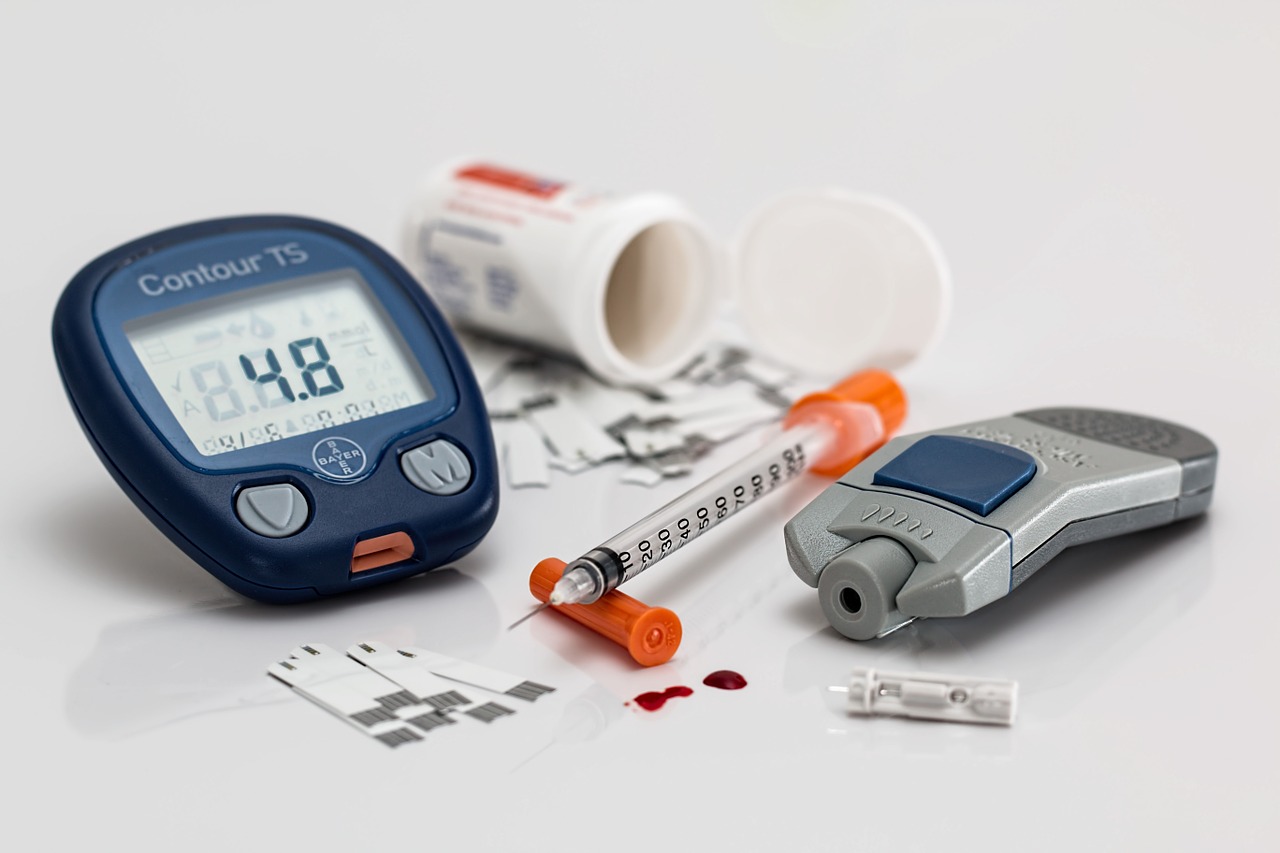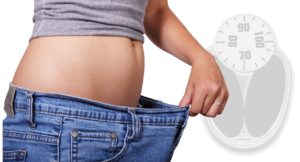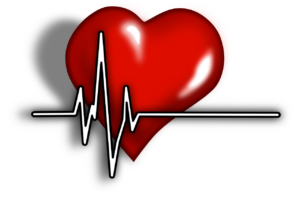In todays modern world carbohydrates are everywhere and are a staple of most diets. They are convenient, they make you feel good and they make you feel full. The problem now is that people are way overeating carbohydrates and eating the wrong kinds of carbohydrates.
Diabetes Type 2 known as Hyperglycemia (excess levels of sugar), initially starts as Hyperinsulinemia (excess levels of insulin.)
People develop an overproduction of insulin in response to the glucose in their diet from excess carbohydrate intake. This starts to cause insulin resistance and eventually results in the diagnosis of Type 2 Diabetes. Traditional treatment is to administer more insulin in order to keep the glucose in your bloodstream under control. And as your body becomes more and more resistant to the insulin the amount of insulin you are administered by your doctor keeps increasing. The problem with this treatment is although you are winning the battle, you are losing the war. You’re temporarily getting your blood glucose under control but you’re providing excess insulin to a body that is already overwhelmed with too much insulin, thus continuing the problem of insulin resistance. The insulin that is trying to store glucose has nowhere left to store it and starts converting glucose to fat. Then it starts storing the fat cells in the liver (fatty liver), muscle and fat tissue.
The best treatment for type 2 diabetes is to reduce the amount insulin in the body by adopting a diet that does not cause an insulin response (foods lower on the glycemic index). These foods are what’s eaten in a Low Carb Ketogenic Diet. Your body will no longer depend on glucose for energy but rather it will depend on fat (ketones).
Think of insulin as a person who’s been yelling for years that is no longer being heard. Our bodies have become so overwhelmed with sugar that the increase in insulin production is no longer heard by the cells. Remember as discussed above, this is why your doctor keeps increasing the amount of insulin you need to take.
As a diabetic when you decide to switch to a ketogenic diet it is very important to have your doctor involved to adjust and lower your insulin as needed. If your doctor doesn’t understand this way of eating, attempt to provide them with the information HERE to learn about the Low Carb Ketogenic Diet. If you still feel they are resistant to supporting you then you should find another doctor HERE.
What about Diabetic Ketoacidosis??
“Nutritional ketosis is by definition a benign metabolic state that gives human metabolism the flexibility to deal with famine or major shifts in available dietary fuels. Serum ketone levels 0.5-3.0 mmol/L.”
“Diabetic Ketoacidosis is an unstable and dangerous condition that occurs when there is an inadequate amount of insulin. This only occurs in type 1 diabetics or late stage type two diabetics with advanced pancreatic burn out. Remember, type 2 diabetics have an over production of insulin. Serum ketone levels 25 mmol/L.”
Volek, J, Phinney, S, The Art and Science of Low Carbohydrate Living, 2001; 5.
In summary, in case this all still seems really confusing, just try to remember that Diabetes Type 2 is really otherwise known as hyperinsulinemia (having an excess amount of insulin). Does it make sense to give more insulin to someone who already makes too much? Or is it maybe better to reduce the amount of insulin by adopting a diet that reduces the amount of insulin production. This can reverse your diabetes and even get you off insulin. Along with all the numerous other health benefits that you’ll experience including weight loss, improved cardiovascular health, improved lipid panel and possibly even preventing future illnesses like cancer or autoimmune diseases.



